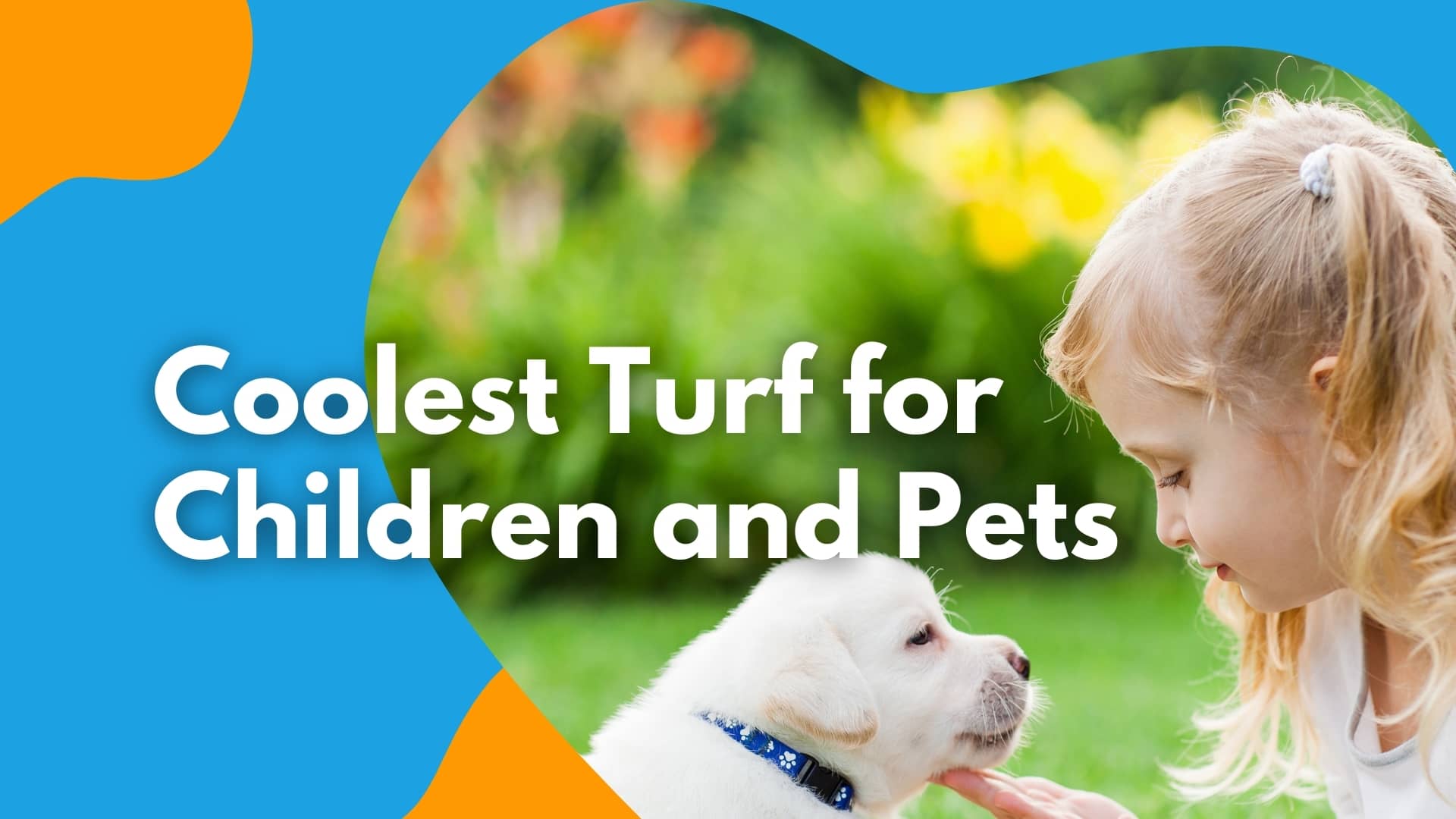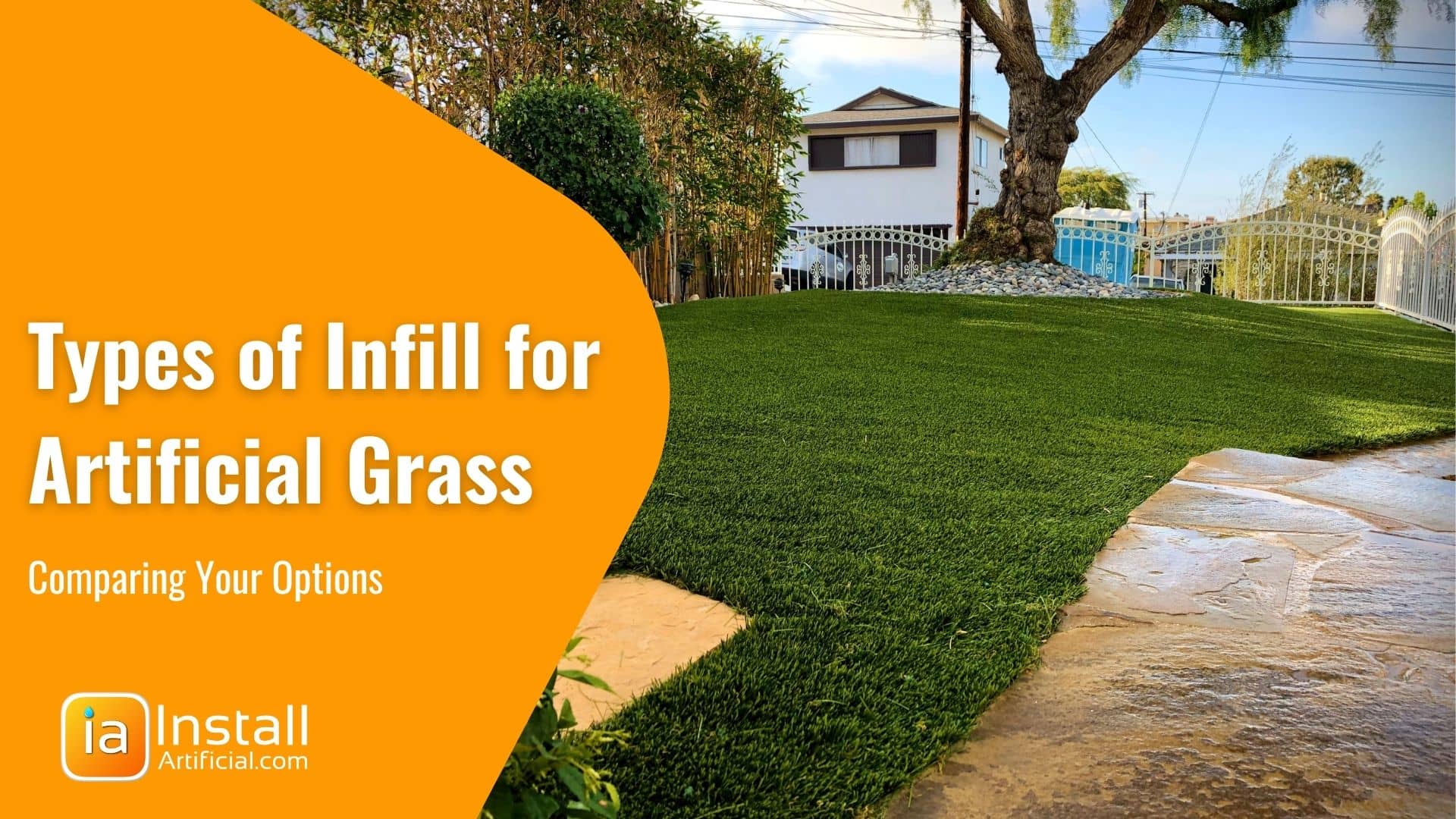
Learn the different factors that affect the temperature of artificial grass. Discover how we assess the temperature of popular grasses under mid-day heat conditions....
Will My Artificial Grass Get Hot?
This is a commonly asked question from our customers regarding their purchase of artificial grass. We understand the concern, and we’re here to gladly give you the best information possible to put some of your worries to rest. Artificial grasses can reach up to 30-40% warmer than the ambient temperature when sitting under direct sunlight. But who would survive more than 15 minutes under direct sun in a hot day? After 10 minutes of an estimate, most homeowners are sweating and trying to catch a shade. In reality, very few would use artificial grass in conditions when it is unbearably hot.
Here’s a rule of thumb regarding the temperatures of artificial grass... if it’s relatively normal outside, meaning a nice and sunny day, you’ll be able to enjoy your artificial lawn easily. If it’s uncomfortably hot outside, the grass may not be so ideal to walk on without shoes. However, the good news is that a little water will cool it right down. You can grab your hose and give your grass a quick rinse. Easy and fast, and voila! Your turf is much cooler now.
In the case of the temperature of artificial grass, the pros outweigh the cons... you can ask any artificial grass owner if the temperature of the grass has prevented them from enjoying it more times than not, and they will tell you no. Also, the heat of the artificial grass has absolutely no effect on the ambient temperature in the yard.
There are various factors that affect the temperature of a standard artificial grass installation: infill type and amount, direct sunlight, fiber color, the density of fibers, fiber shape, and fiber polymer additives. Let’s go through a few of them and simplify the information so that you can be an informed consumer and purchase the best grass for your space.
Infill Type and Amount
As long as you make sure that your grass is not installed with a black crumb rubber infill, then you have nothing to worry about. Black crumb rubber can increase the temperature up to 40%, however, this is usually only used for sports fields. This is definitely a factor that shouldn’t stress you out when it comes to the temperature that your artificial grass will reach.
Direct Sunlight
Many of us already know that sunlight heats up almost anything, especially if it is direct! Direct sunlight that reflects onto a part of the lawn will only increase the lawn temperature of that part, and nowhere else. Keep in mind the other parts of the lawn that are not under direct sunlight will remain equally as warm as the ambient temperature and are available to walk on with ease. Let’s say the direct sunlight moves, how long will it take for the area that was previously under the sun to cool down? The answer is only about 10-15 minutes. The grass cools down just as fast as it took to warm up.
Fiber Color
We can use common sense logic when it comes to the color of the fibers of the grass. Darker colors absorb more heat, and lighter colors reflect the heat. This means that grasses made with pastel colors will stay at a lower temperature in comparison to grasses made with darker colors, such as dark olive.
Density of Fibers
The density of fibers is measured as the number of stitches per square yard. The higher the fiber per square yard, the higher temperature the grass will reach, if all other things are equal. You can have two grasses with the same color, yet with different densities, that will reach different temperatures. Basically, the denser grasses will get warmer under direct sunlight. This is important to keep in mind if you’re choosing between two same-color kinds of grasses, and still want to purchase the one that reaches the lowest temperature!
What about temperature-controlled fibers?
Fibers that have been created and dubbed as temperature-controlled have shown an improved temperature performance of 10-20%. These grasses usually contain a combination of shape, color, and polymer engineering. What you need to know when comparing these types of grasses is the density—the lower density the lower the temperature, the color—the lighter the color the lower the temperature, and the shape. Ask us for comparisons of our TC grasses, and we’ll show you some results!
Keep This in Mind
The great thing about purchasing artificial grasses is that you don’t necessarily need to install the same exact grass in your front yard as in your back (who’s really looking, anyway?). Most of us utilize our front yards much less than our back yards. So choose a grass that is budget-friendly and still pleasing to the eye, but maybe not as “temperature-savvy” as something that you’d choose for the backyard.

Learn the different factors that affect the temperature of artificial grass. Discover how we assess the temperature of popular grasses under mid-day heat conditions....

What is artificial turf infill and why is it necessary in most artificial grass installations? Learn the different types of infill and compare your options to decide...